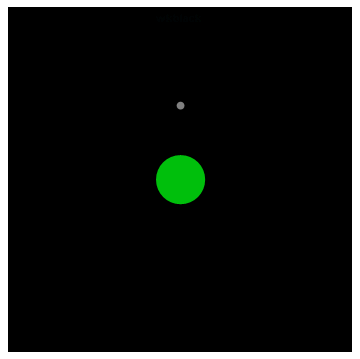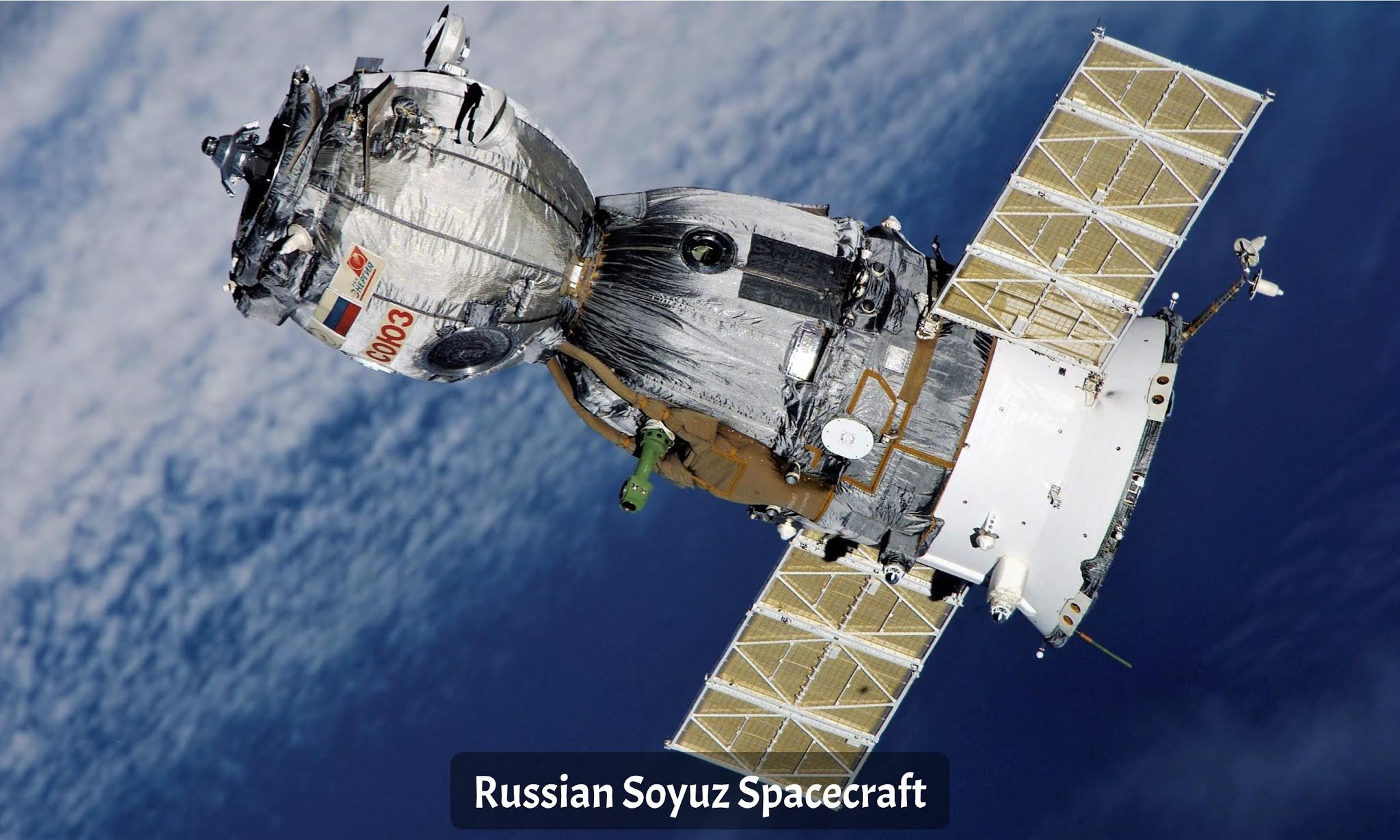There is a lot that goes on from the ‘rocket launch’ to ‘docking on the space station’ which is already figured out days before the launch. Understanding orbital mechanics is essential for rocket science.
Step 1: Getting astronauts above the atmosphere
The Rocket to which Astronauts are strapped, helps them leave the planet’s dense atmosphere and inserts them into an orbit that does not have much of a drag due to the atmosphere. This altitude ensures that the astronauts with the docking vehicle won’t fall back down on earth. The third stage of the rocket cuts off in this ‘Insertion Orbit’ and the astronauts are no longer in a rocket-powered flight.
Step 2: Hohmann Transfer
It is the most efficient way to move a spacecraft from one circular orbit to another circular orbit with either smaller or larger radii. This orbital maneuver consists of 2 circular orbits(one of which is the destination orbit) and 1 elliptical orbit(Connecting the 2 circular orbits)
Phasing Orbit: The docking module uses its thrusters to increase its tangential velocity which in turn puts the module in an elliptical orbit. This burn of thrusters is performed on one side of the planet and the new elliptical orbit intersects the destination-circular orbit on another side of the planet. Once the module reaches this intersection, it turns on the thrusters again to make its elliptical orbit a circular one(This is Phasing Orbit about 370 km above Earth). This maneuver is known as ‘Hohmann Transfer’ where module waits for the correct location of the Space Station to initiate the next maneuver.
Step 3: Bielliptical Transfer
This is the orbital maneuver that transfers the docking module from Phasing Orbit to final Spacestation orbit with three engine burns. The first 2 burns put the module in space station orbit and the last burn is a series of correction burns to ensure the right speed and right location with respect to the Space Station.
Now the Module is ready to make a U-turn in space to face the space station for the docking phase.
Step 4: Docking
This phase involves aligning the docking module axis to the space station axis while simultaneously closing the distance between the module and ISS. The second step of this phase is to align the module to the correct docking port of ISS. Once this step is concluded, the astronaut crew issues command for the final approach.
The Probe touches the Docking Hatch.
Thrusters provide one last push to ensure the lock.
Module assembles with ISS.
Docking interface Pressure checks.
Pressure Equalisation.
After all the above steps, The Hatch finally opens and the astronauts are welcomed aboard International Space stations with Hugs and High Fives.












No comments:
Post a Comment